Love Is in the Air
Valentine’s Day may have passed, but love is in the air at the El Rosario Monarch Butterfly Biosphere Reserve in Mexico! Observations from this most-visited winter home of monarch butterflies reveal an increase in mating activity since Feb. 12, according to a recent update by Monarch Watch.
Rising temperatures and longer days cause an increase in flight in general, as butterflies seek moisture from areas of seeps and dew-covered grasses. In addition, mating increases, and this early mating activity seems to be largely composed of smaller males and larger females. Why?
Scientists are still working on this puzzle, but their best theory to date can be summed up in one word: Hormones! Juvenile hormone (JH) is produced in a gland in the brain, and leads to the development and maturation of reproductive tissues. Small males may simply produce more of this hormone early in the season. Or, all males may produce similar amounts, but JH activates sexual activity faster in the small males due to their smaller size. Larger females may be the target because they are less agile than their smaller sisters, and less able to avoid the amorous advances of their suitors.
Either way, it’s another reminder that spring is on the way. Start planning your milkweed patch now!
Read the entire February update here: https://monarchwatch.org/blog/#:~:text=Monarch%20Watch%20will%20once%20again,much%20of%20the%20monarch%20range.

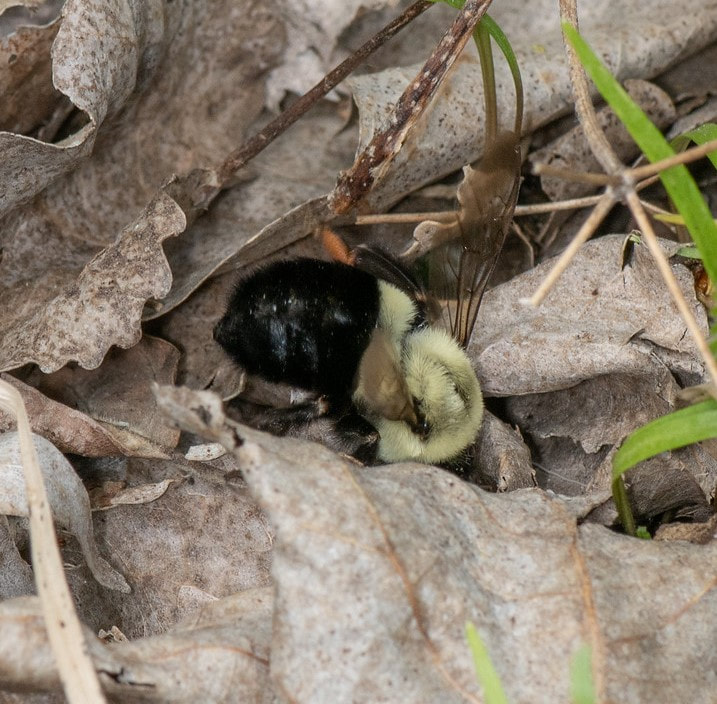
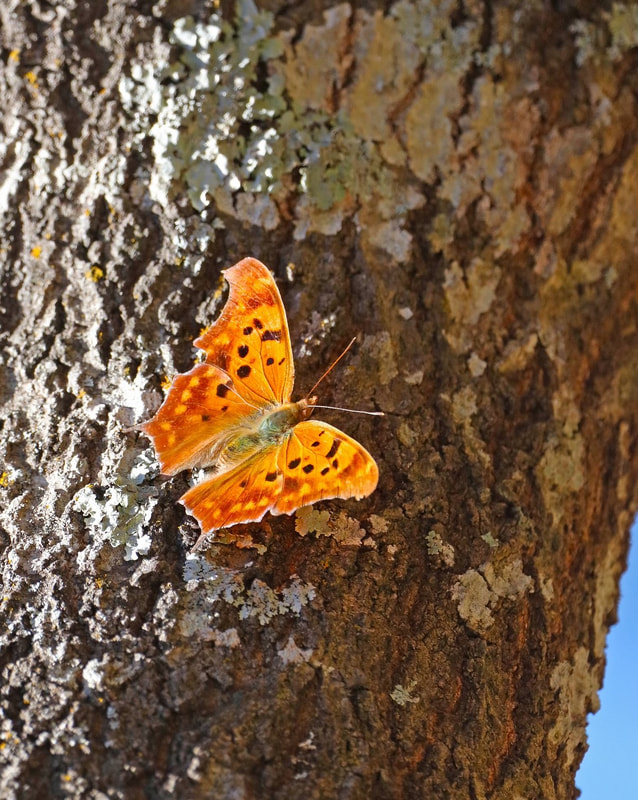
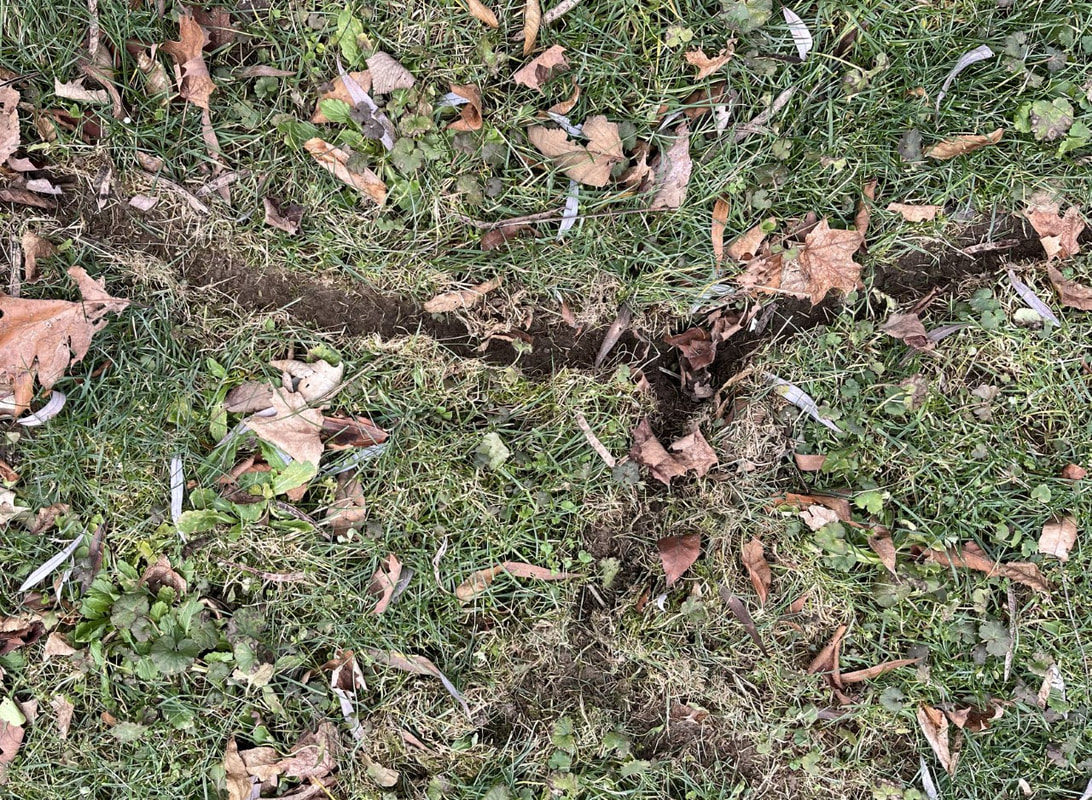
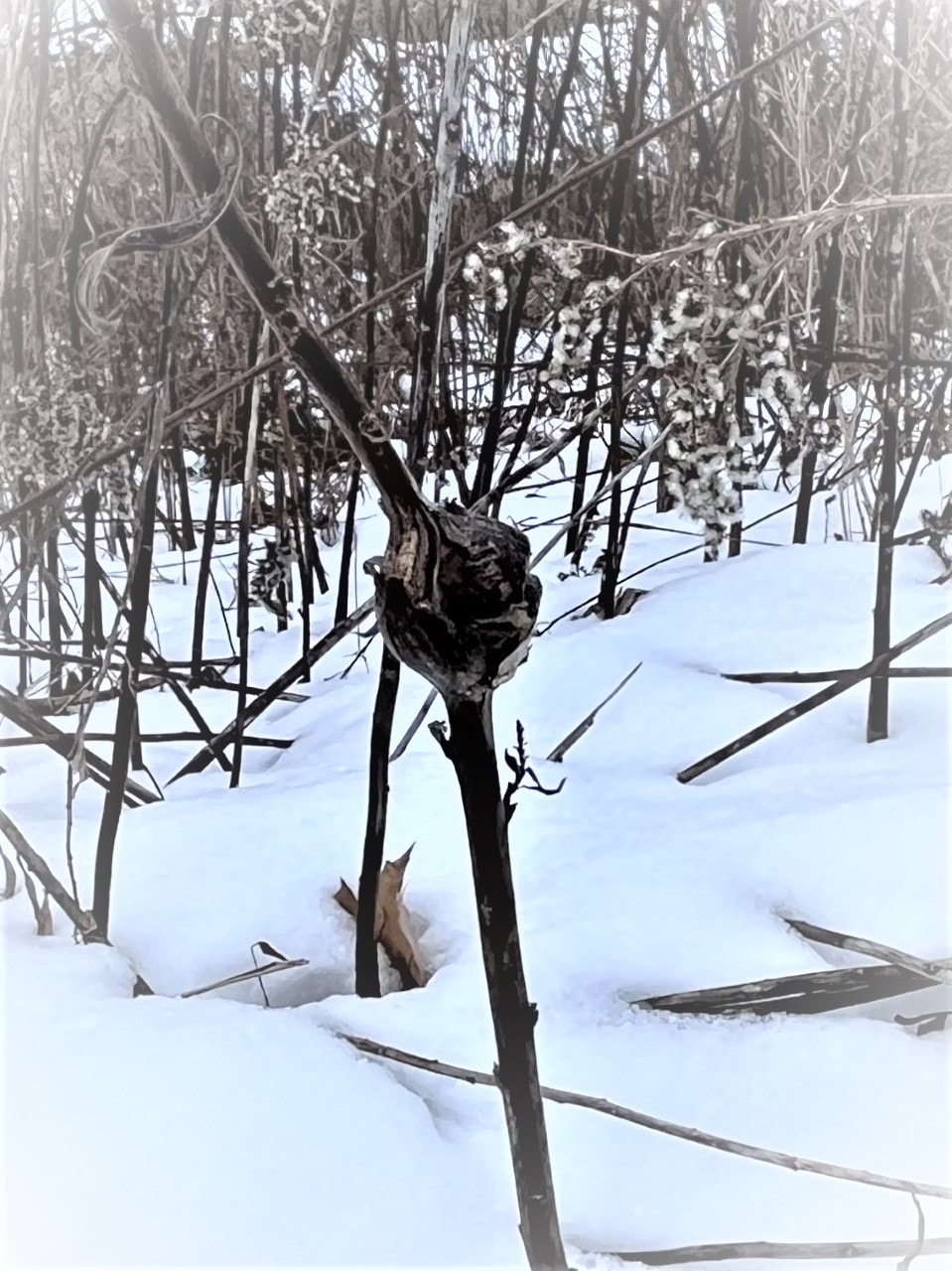
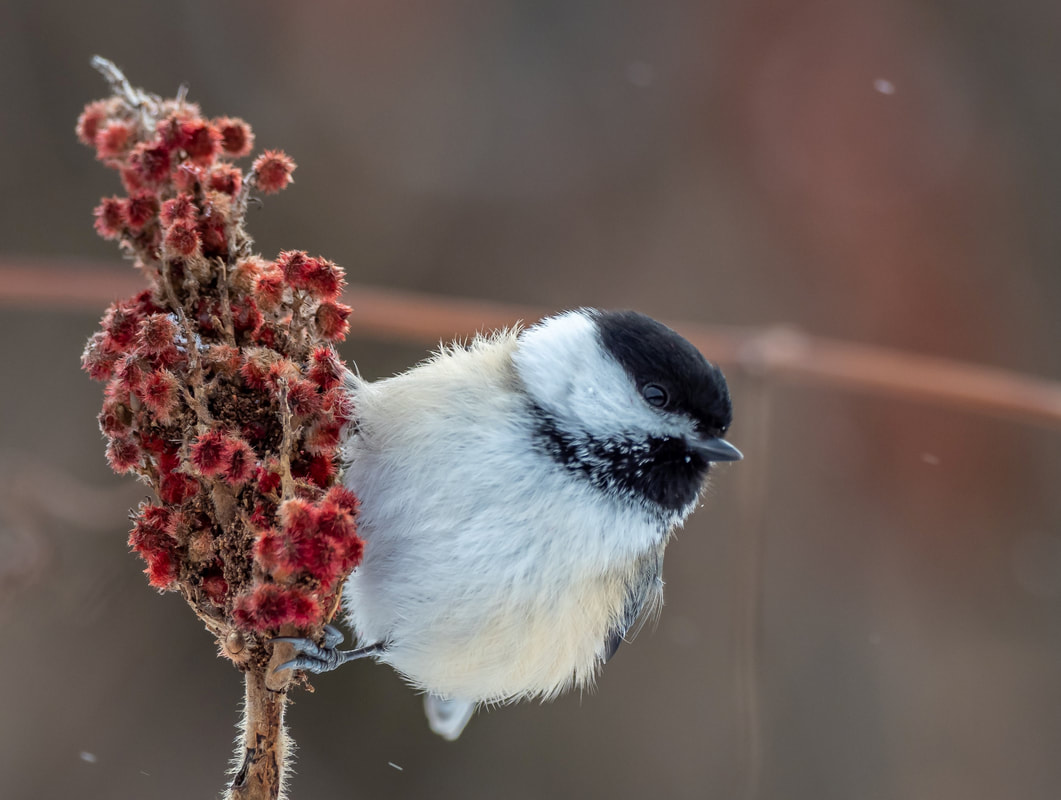
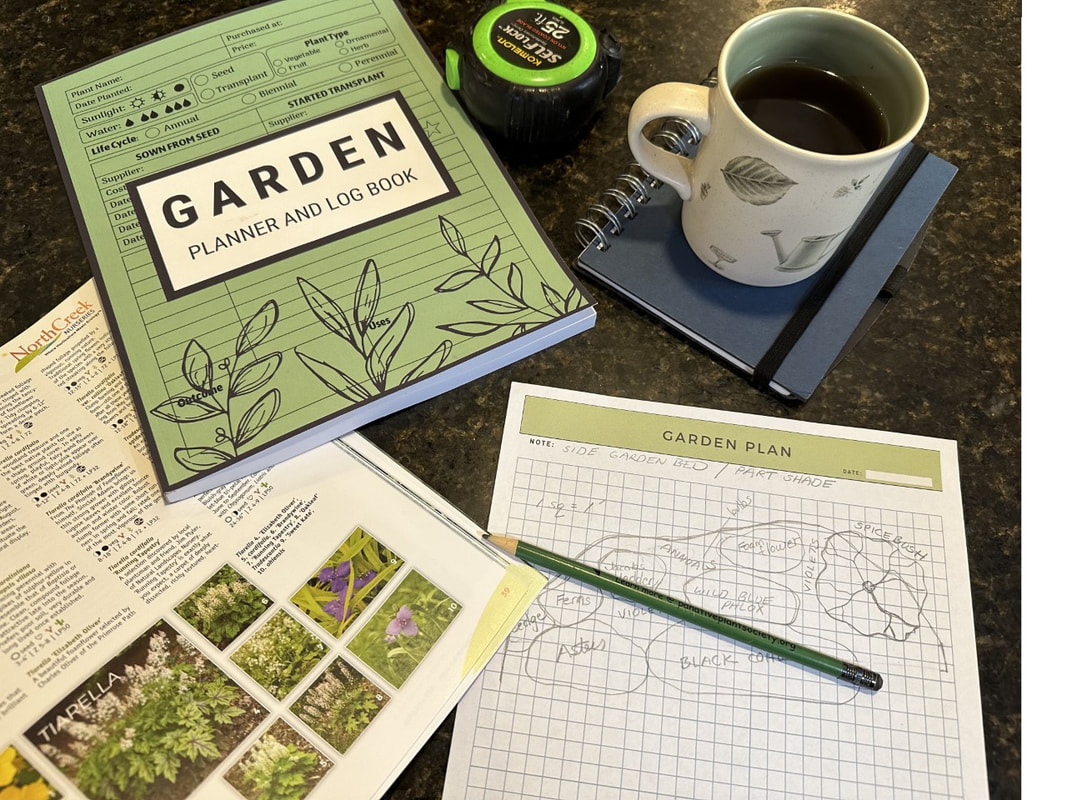
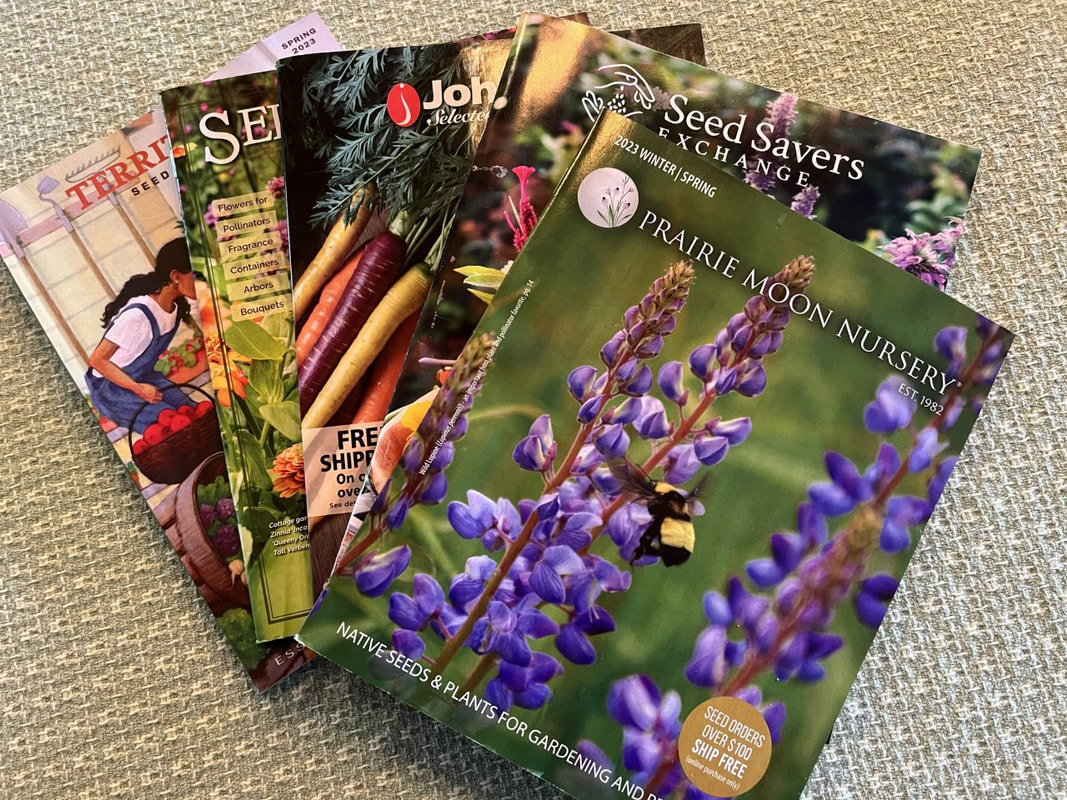
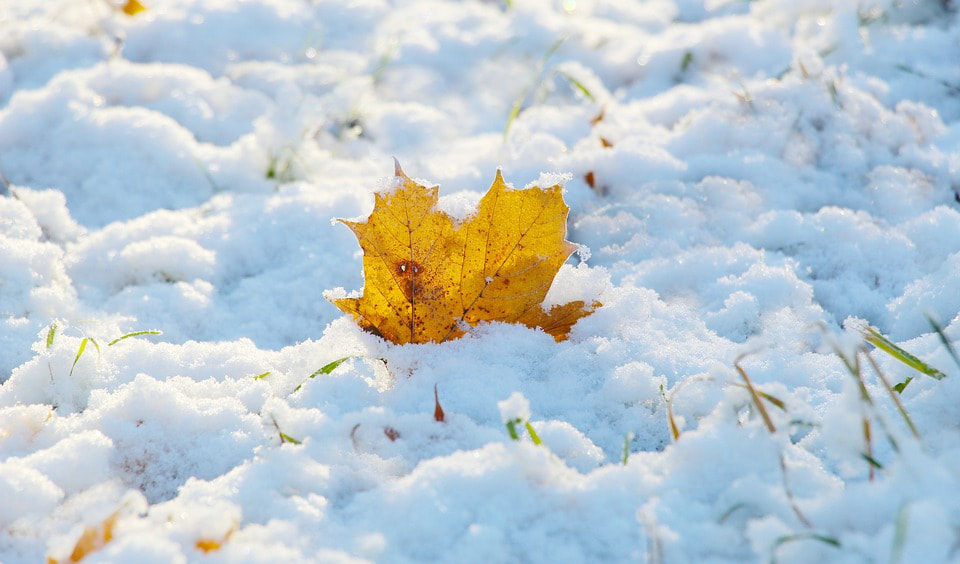
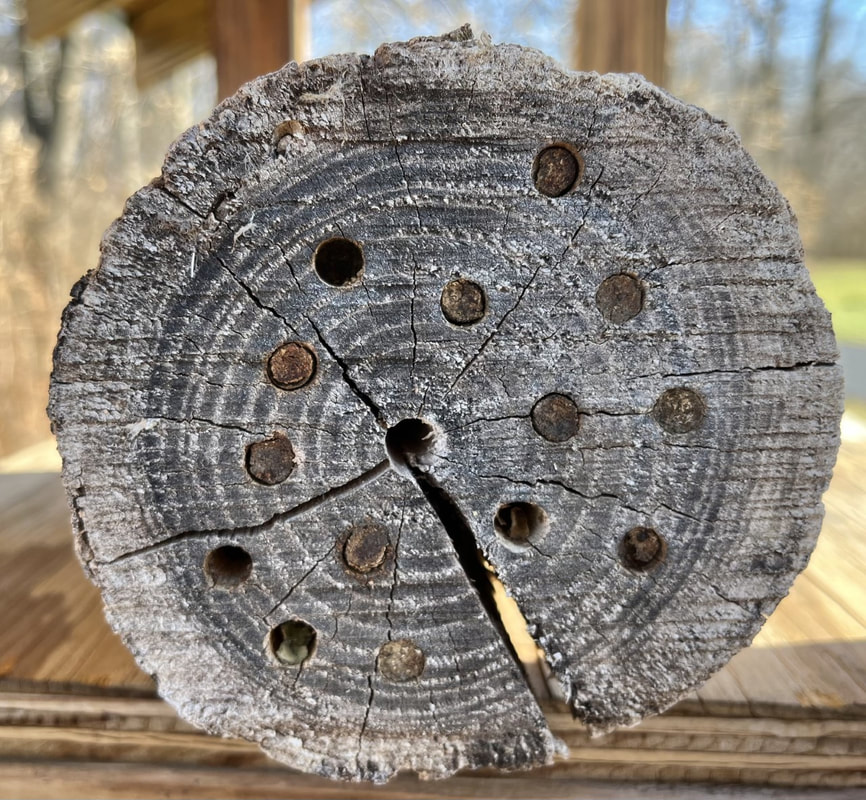
 RSS Feed
RSS Feed